Have you ever wondered about the UNESCO sites of Finland? Wonder no more, because we have a full list of the spots you need to know to get a full dose of Finnish history.
Most of the Finish heritage sites were inscribed during the 90s, with a few were added more recently. The sites harken back to when Sweden was the kingdom presiding over Finland.
Each of these sites showcase a range of Finish history, culture, geography, and architecture.
These are the UNESCO sites of Finland, from an old fortress to a harbor and more:
 Fortress of Suomenlinna
Fortress of Suomenlinna
UNESCO Heritage since 1991
The sea fortress of Suomenlinna is part of the district of Helsinki. It was built in 1748 on six detached islands. The fortress is composed of 200 buildings and is protected by a perimeter of 6 km walls.
The sea fortress was built by the Swedish empire to defend the country against the Russian empire, but when Finland got its independence in 1917 the fortress was named Fortress of Finland (Suomenlinna).
Over the years, the architecture, fortification and landscape of the area was changed to accomodate defensive equipment. The fortress was disused as an army base after World War II and has been used for civilian purposes since 1973. Nowadays, the well-preserved area accommodates 850 inhabitants.
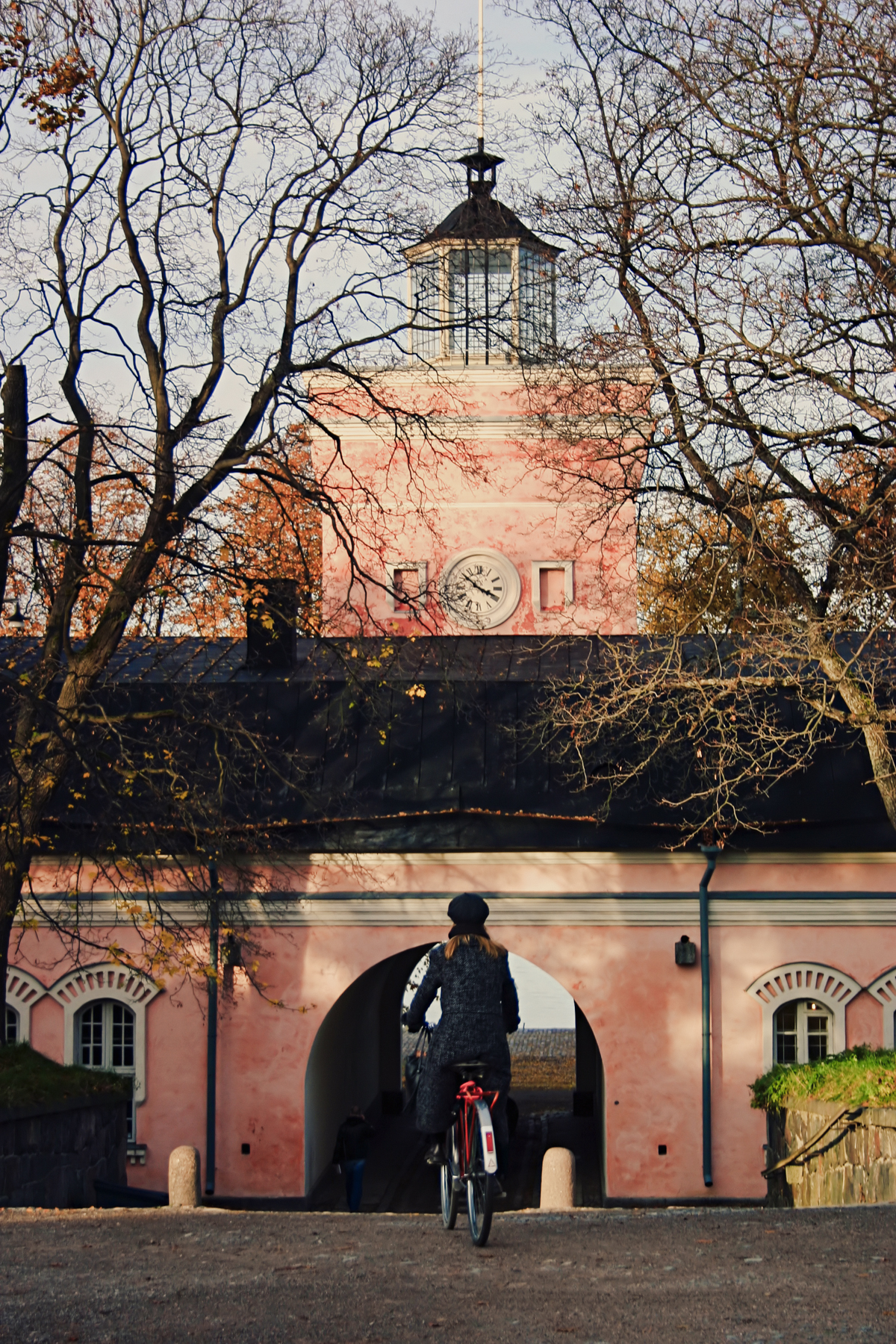 |
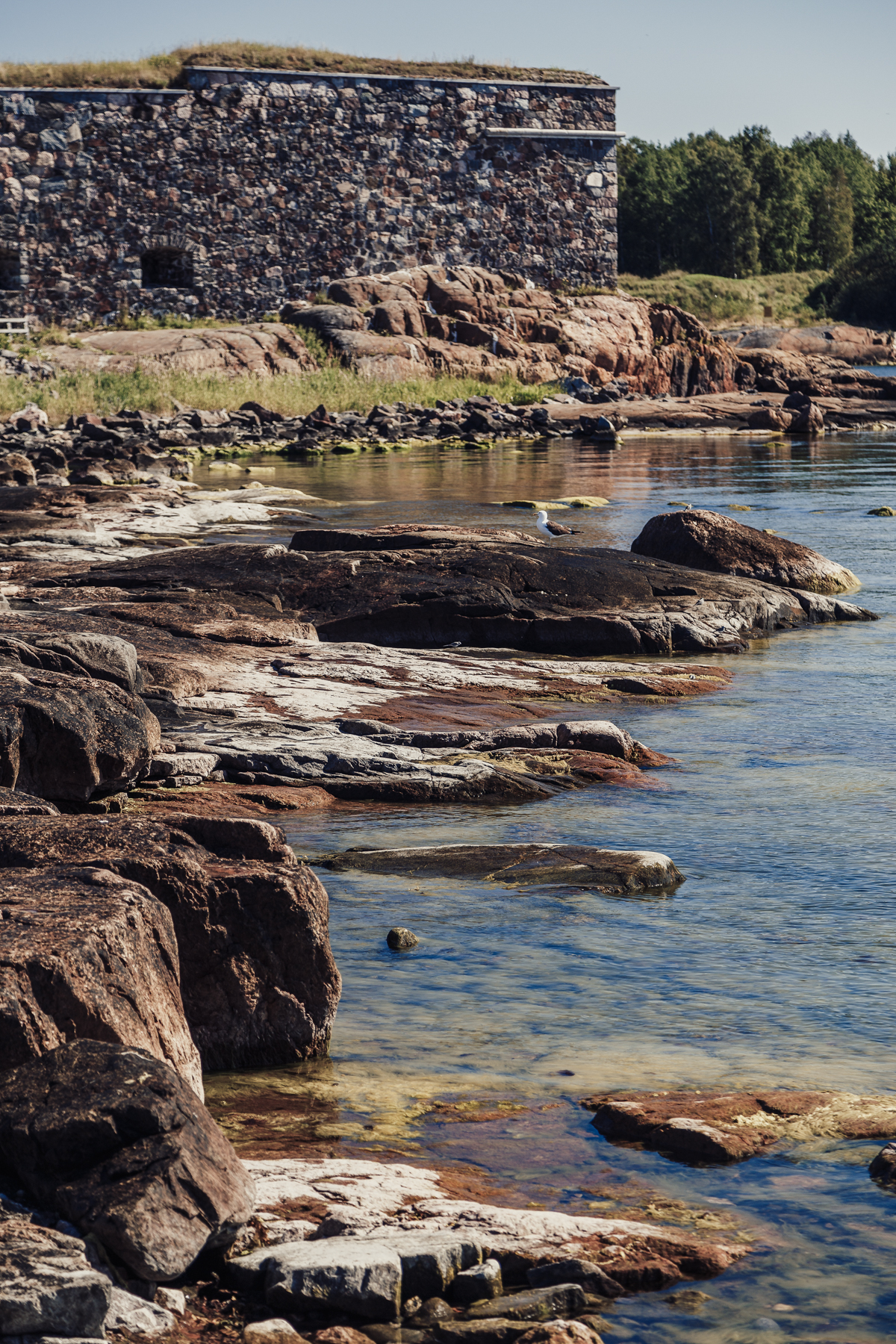 |
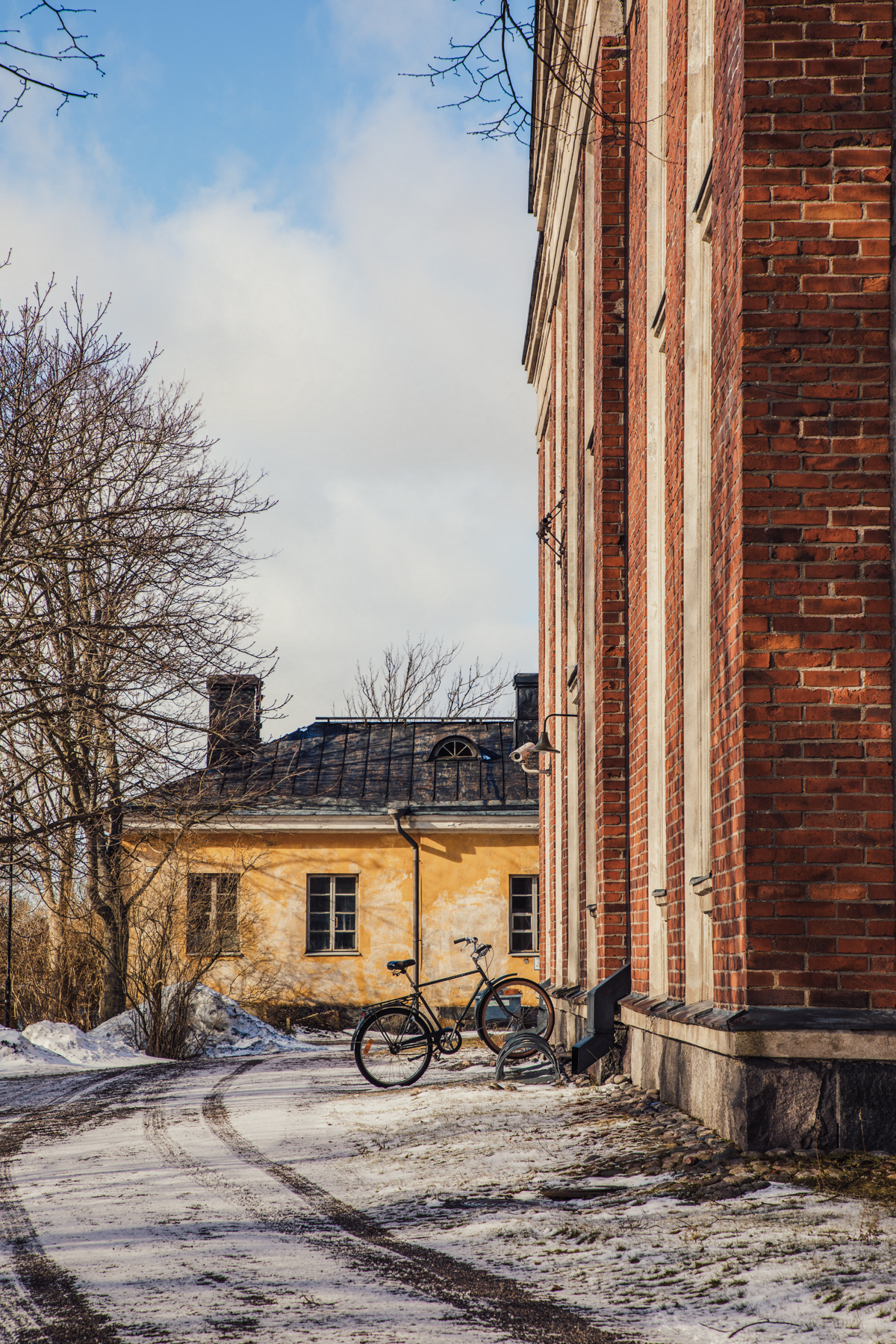 |
 |
 Bronze Age Burial Site of Sammallahdenmäki
Bronze Age Burial Site of Sammallahdenmäki
UNESCO Heritage since 1999
Sammallahdenmäki is a cemetery that showcases Nordic funeral practices during the Bronze Age. The site includes more than 30 burial cairns, which most of them were built out of granite from the surrounding cliffs or from the terrain itself. Those cairns are classified according to shape and size.
Sammallahdenmäki is located in the Gulf of Bothnia and it is surrounded by pines and spruce trees, agricultural areas, and Lake Saarnijärvi. It is a peaceful place that sheds light on the way people that place and time approached death.
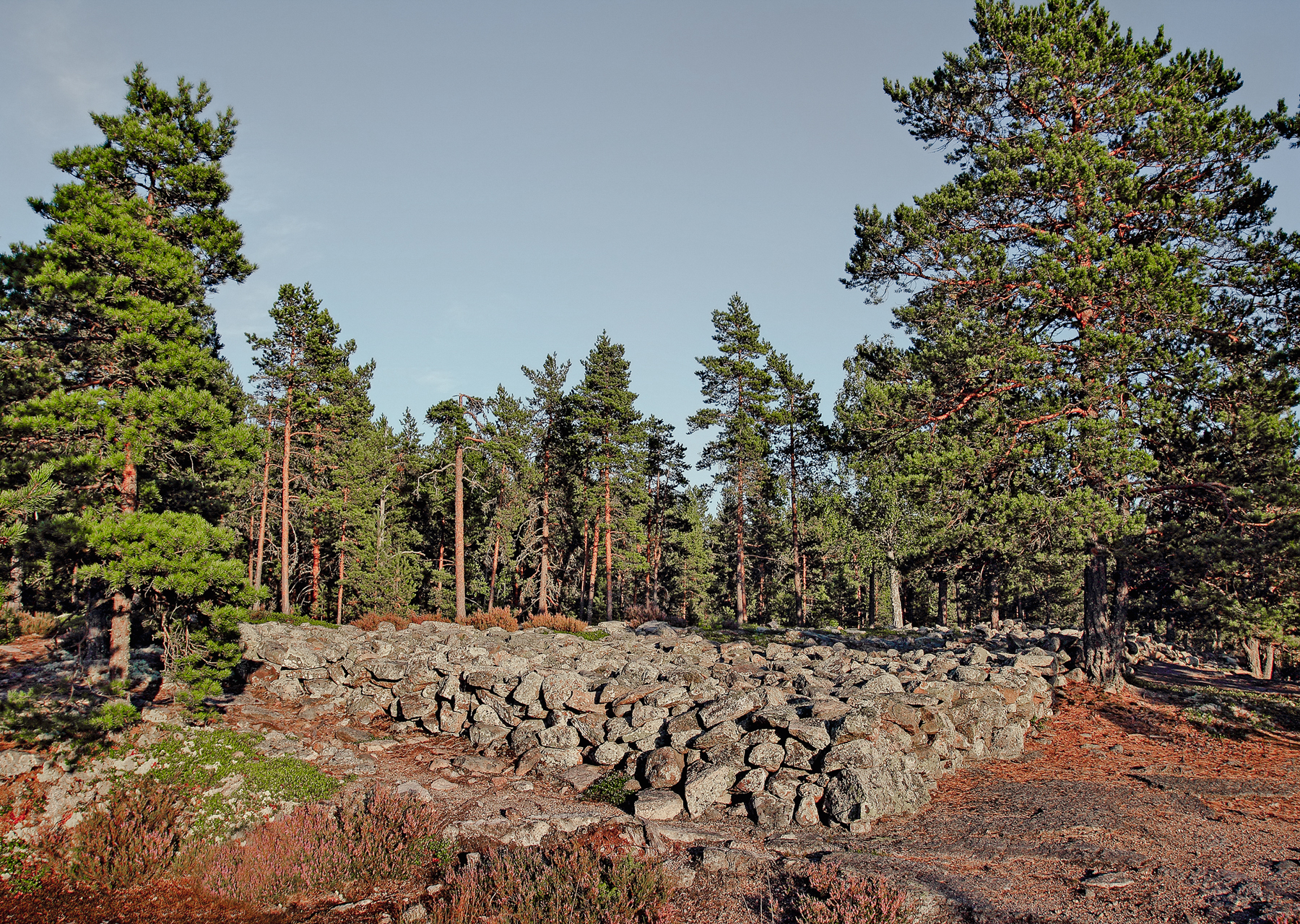 |
 Old Rauma
Old Rauma
UNESCO Heritage since 1991
Old Rauma is an old harbor situated within the town of Rauma, on the Gulf of Bothnia. It is an outstanding example of medieval wood construction and Northern urbanism. Today, there are 600 buildings in the area dated between the 18th and 19th centuries.
Most of the buildings are one storey tall, spread out across the irregular old streets and courtyards of Rauma. The traditional architecture of the buildings along with the commercial street, church, and market squares is what makes Old Rauma unique. The integrity of Nordic medieval urban planning stands out here; it’s really worth a look!
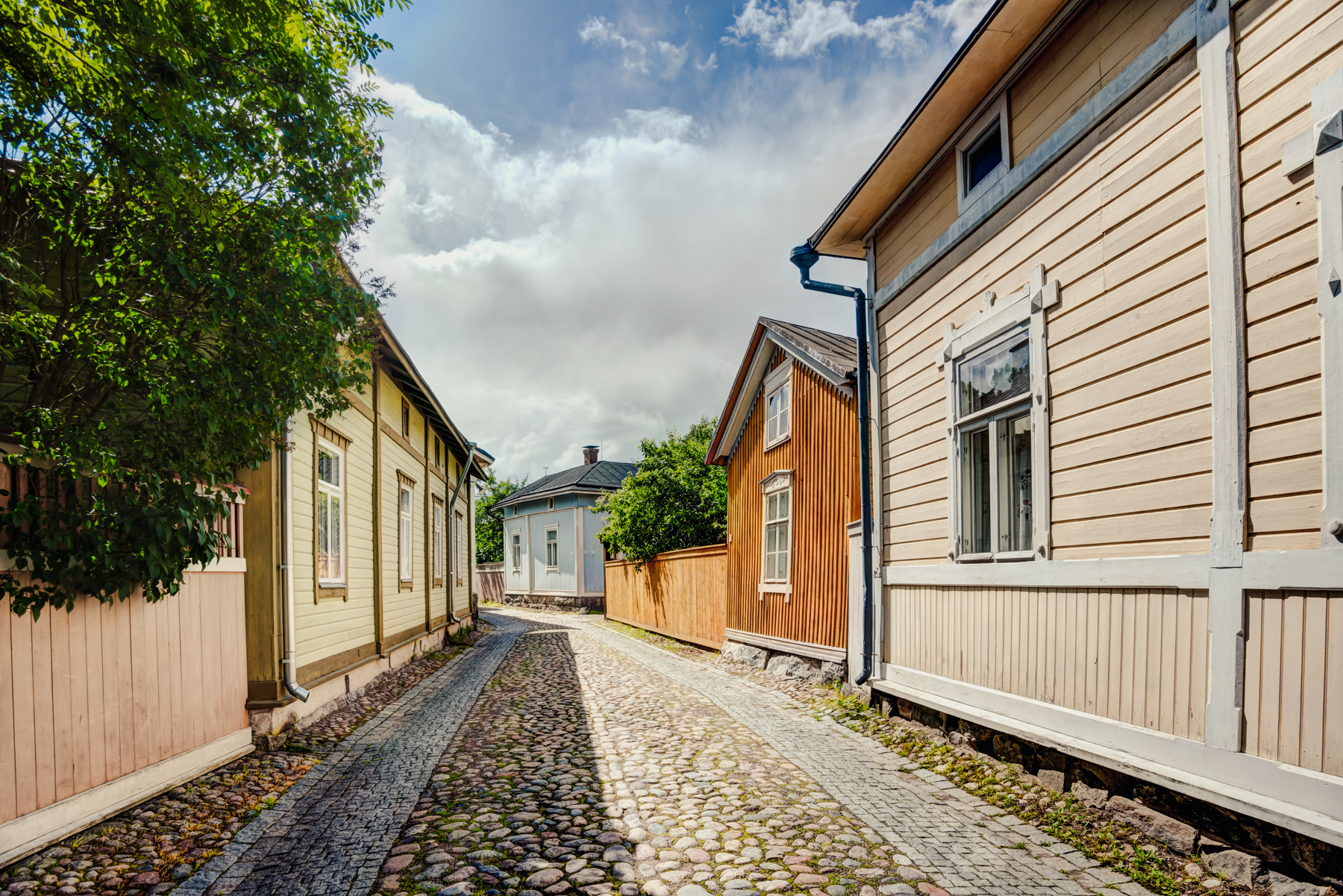 |
|
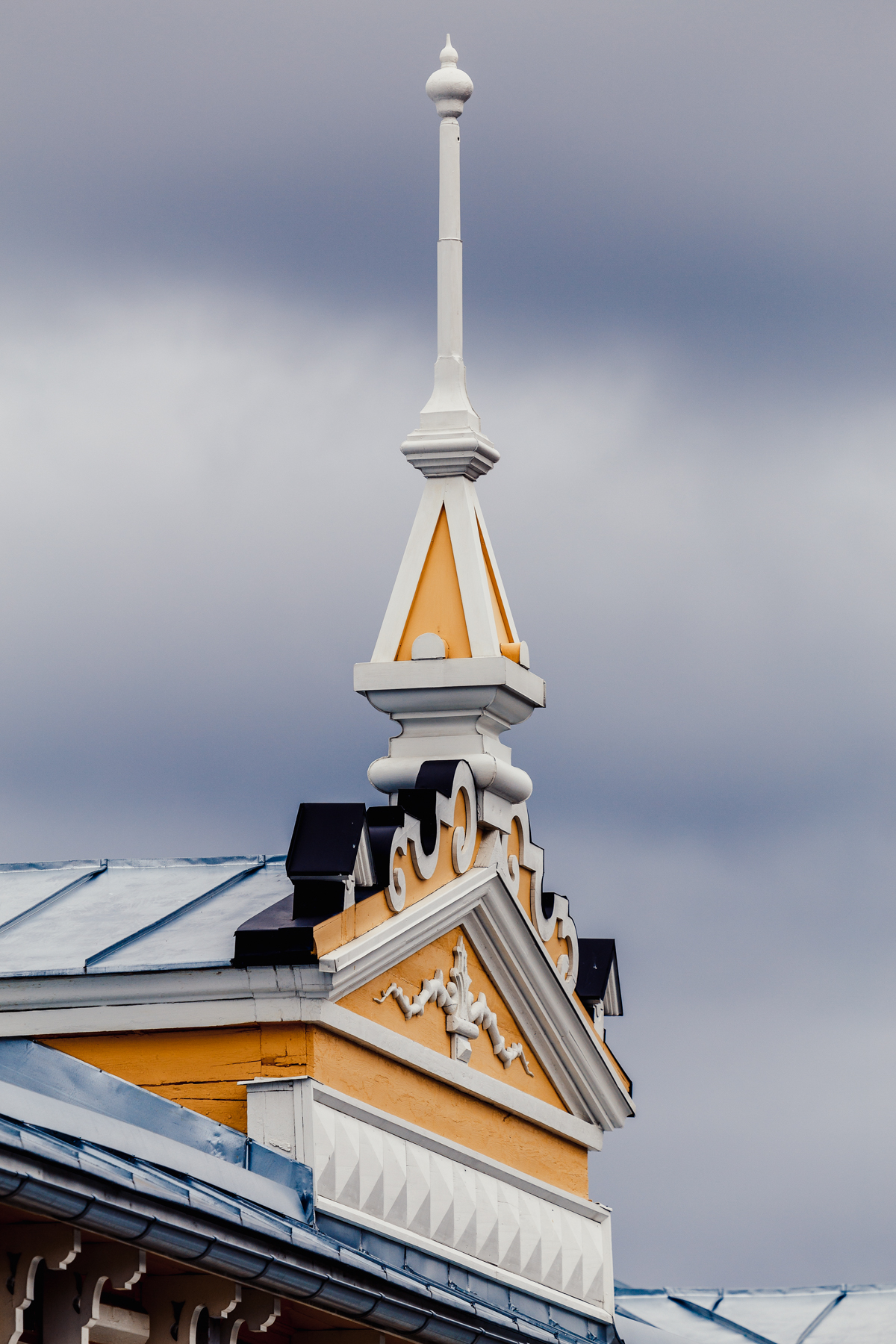 |
 |
 Petäjävesi Old Church
Petäjävesi Old Church
UNESCO Heritage since 1994
Built between 1763 and 1765, the Petäjävesi Old Lutheran Church was constructed while Tavastia was still a part of Sweden. It is another wooden construction that illustrates Northern architecture. The architecture of the church bounces between Renaissance floor plans and Gothic shapes such as groins and a pitched roof.
The church was constructed of pine wood and followed by vernacular Finnish architecture. The interior stands out for its unique and well-preserved surfaces, as well as for the features made by local artists. The bell tower came as part of the building only in 1821. The church is surrounded by a graveyard, forests and an agricultural area.
Because its location and sensitive construction, as mentioned in Old Rauma, UNESCO is carefully looking after those areas are suffering threats from the actual climate changes. The church only open during summer, but it is possible to visit the yard next to it.
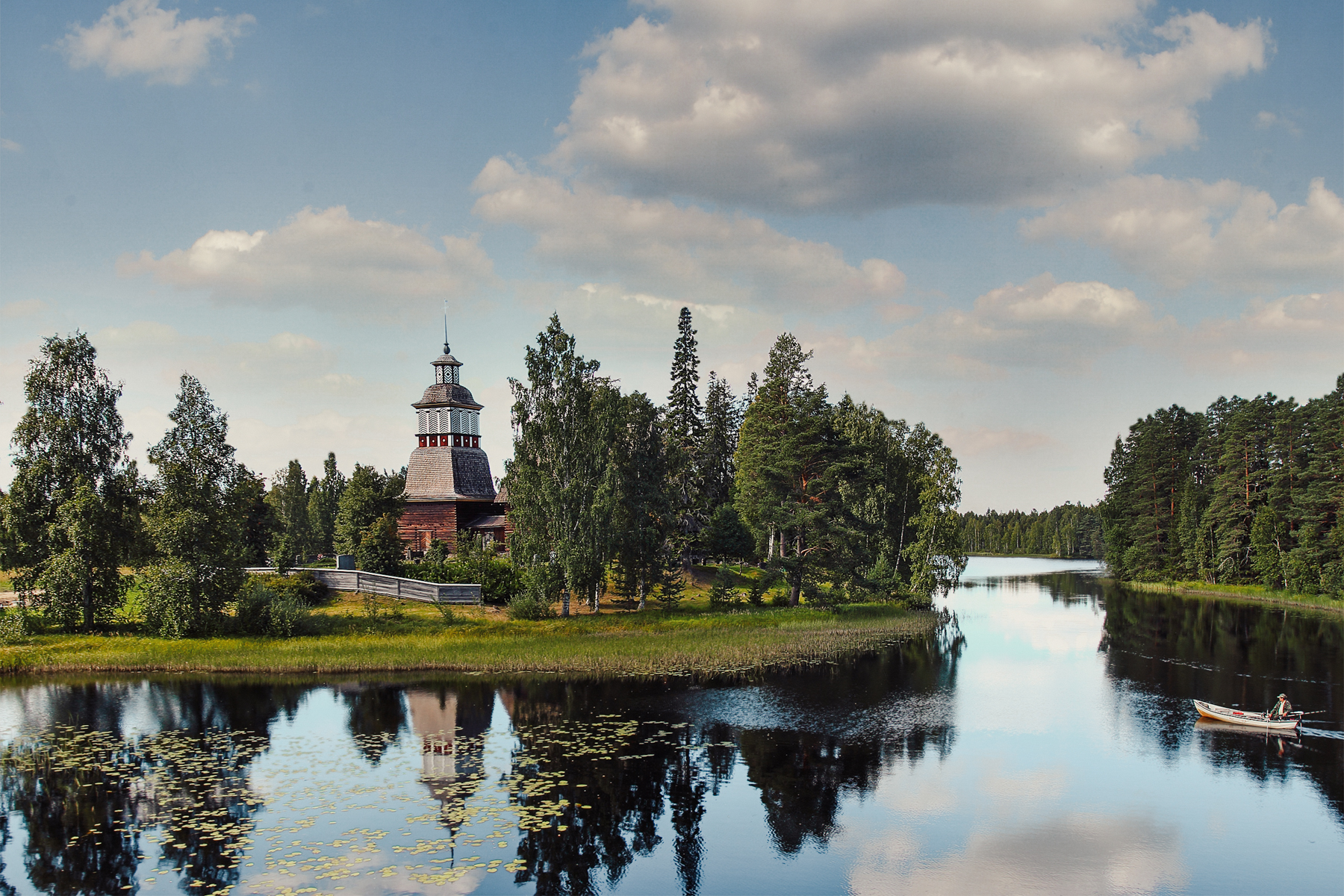 |
|
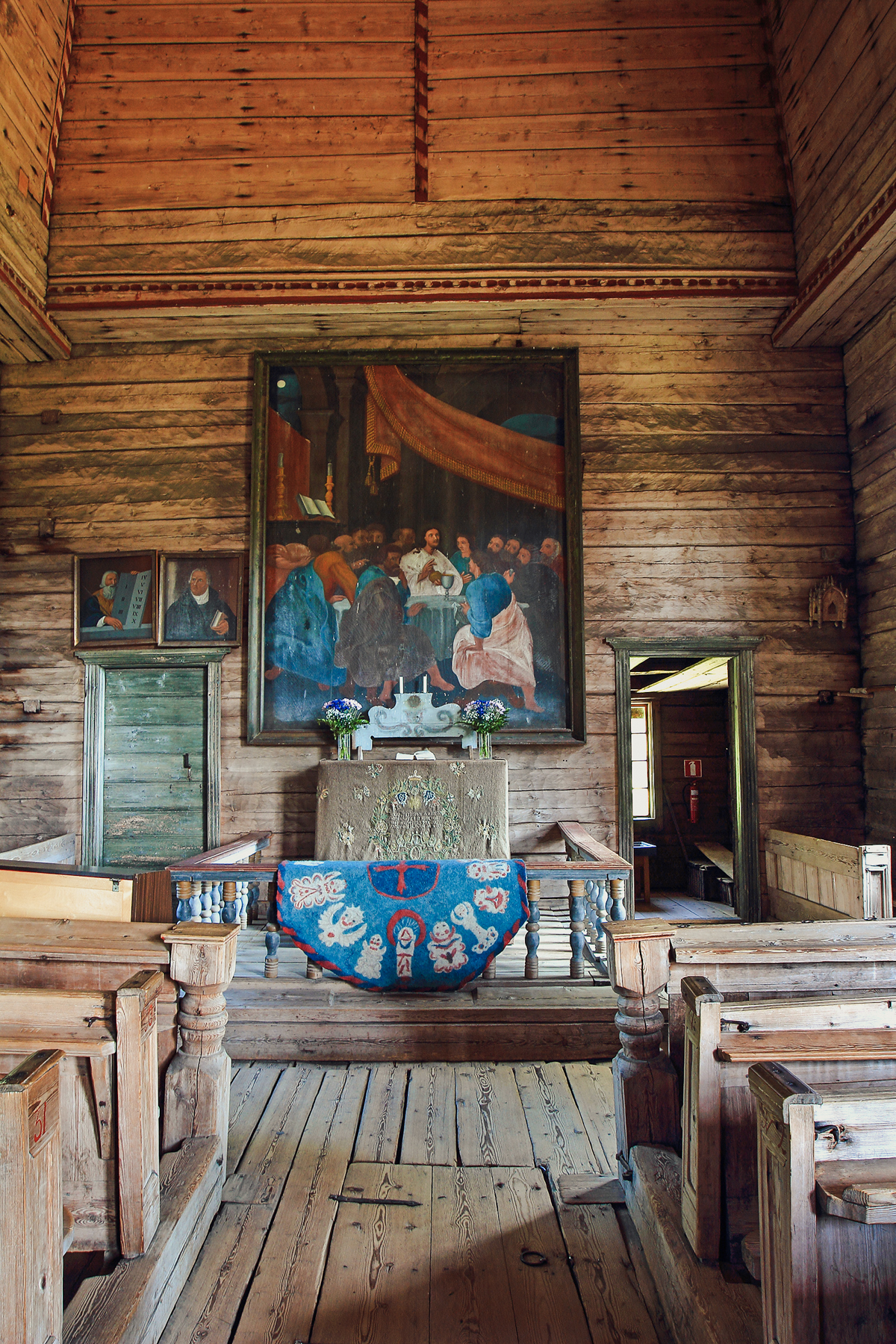 |
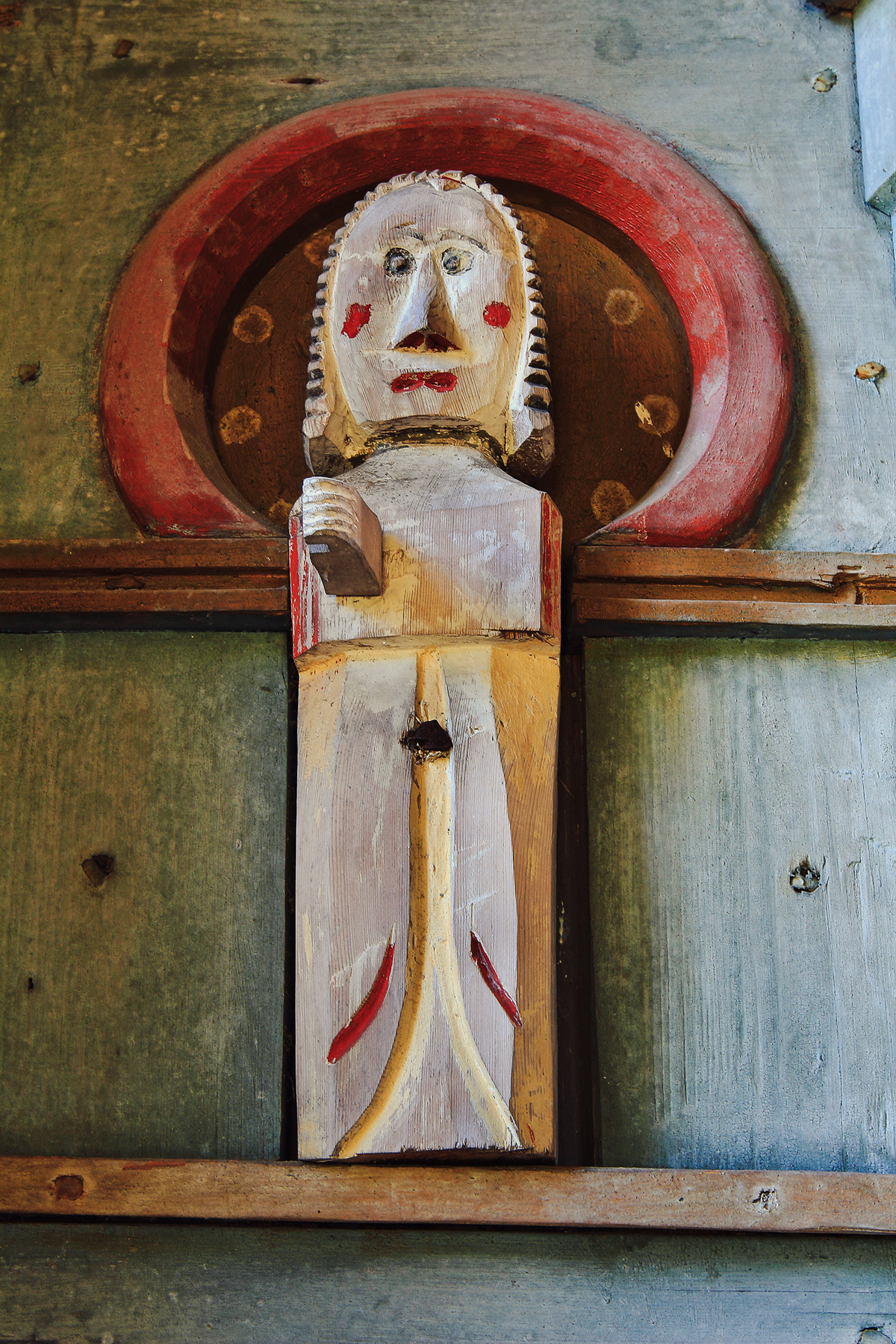 |
 Struve Geodetic Arc
Struve Geodetic Arc
UNESCO Heritage since 2005
The Struve Geodetic Arc is a chain of triangulations that goes through 10 different countries, from Hammerfest in Norway to the Black Sea. It is named for the astronomer Friedrich Georg Wilhelm Struve and was laid down between 1816 and 1855.
The current arc includes 34 of the original 258 survey points, and the triangulations were essential in measuring the size of Earth; they now symbolize a major scientific breakthrough.
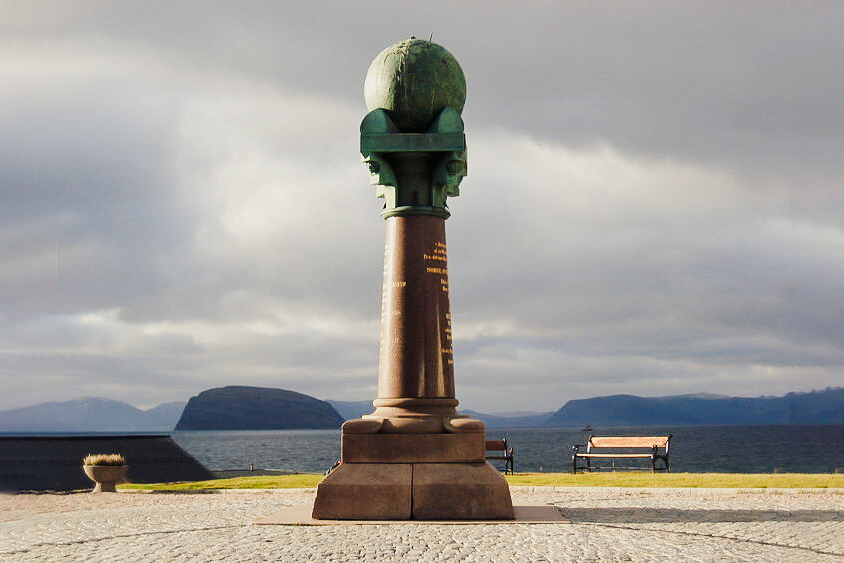 |
 Verla Groundwood and Board Mill
Verla Groundwood and Board Mill
UNESCO Heritage since 1996
Verla Groundwood and Board Mill are situated in the southeastern part of Finland. It is a small-scale industrial and rural area correlated with wood manufacturing; paper, board, and pulp. The village was built around the mills in the 19th century and it has been developed through groundwood activities (i.e. grinding wood to make pulp).
Verla was an industrial community until the operation came to an end in 1964. In order to preserve the history and integrity of the area, a museum was opened in 1972.
It is possible to explore Verla and the museum during the summer. You can visit the groundwood, board mills, and even stay at the village workers’ old cottages.
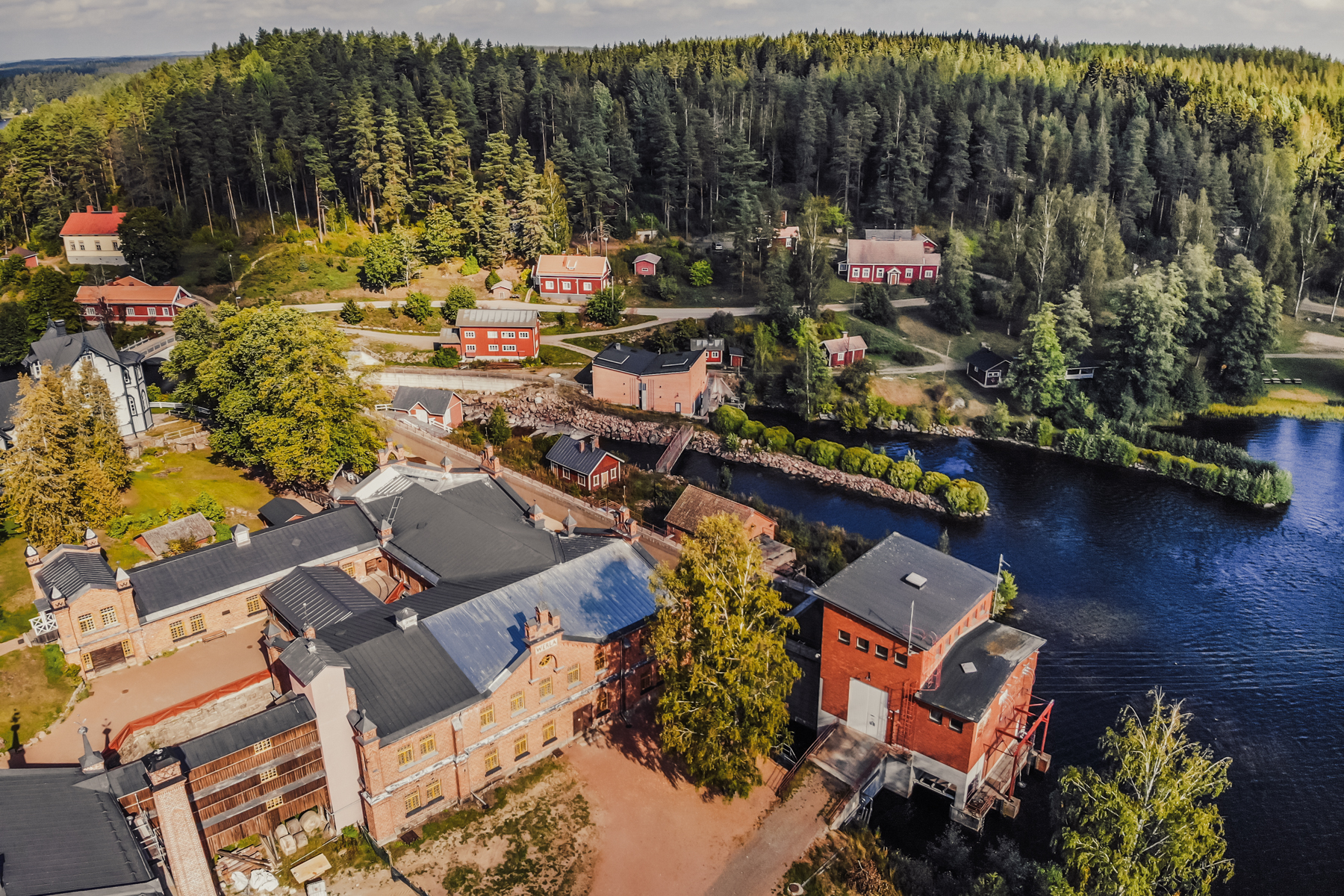 |
 High Coast/Kvarken Archipelago
High Coast/Kvarken Archipelago
UNESCO heritage since 2000 (Sweden) and 2006 (Finland)
The High Coast (Sweden) and Kvarken Archipelago (Finland) are located in the northern extension of the Baltic sea, in the Gulf of Bothnia. They geologically important as they represent post-glacial uplifting landscapes.
It is the only place in the world where the land still rises in elevation, on a phenomenon called isotactic uplift; and because at the Kraken Archipelago is possible to identify an array of glacial formations, such as moraines which is an aggregation of glacial debris that occurs as a geomorphological process on glacial regions on the planet.
 |
Want more UNESCO World Heritage Sites in the Nordics? Check out the Sweden UNESCO sites, and Denmark UNESCO sites.

